| You are not logged in. | login to customize your own personal play list |
“Autobahn” by Kraftwerk |
| United States Federal Trade Commission forbids anyone under 13 from viewing these music videos! |
| You are not logged in. | login to customize your own personal play list |
“Autobahn” by Kraftwerk |
| United States Federal Trade Commission forbids anyone under 13 from viewing these music videos! |
 |
 |
 |
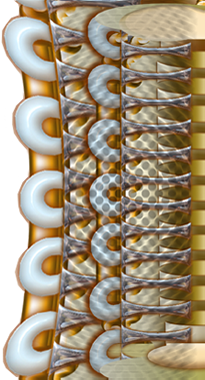 |
You need Flash player 8+ and JavaScript enabled to view this video.
|
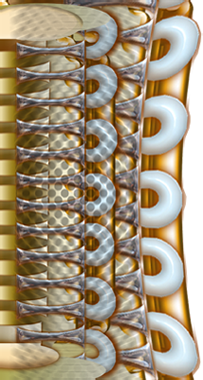 |
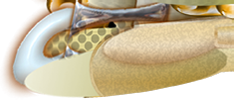 |
   |
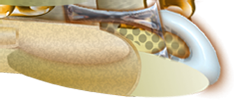 |
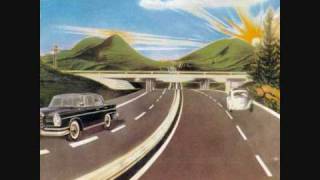
song info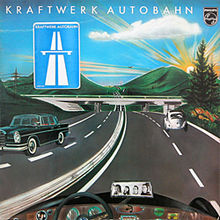
 “Autobahn” by Kraftwerk is an electronic song. Song Title: AutobahnArtist: Kraftwerk Album: Autobahn Genre: electronica, krautrock, electronic, soundscapes Composer: Copyright © 1974 Ralf Hütter, Florian Schneider, Emil Schult Vocals: Florian Schneider, Ralf Hütter (with and without their own homemade vocoder) Guitar: Florian Schneider Synthesizer: Ralf Hütter and Florian Schneider (including Minimoog, ARP Odyssey, EMS Synthi AKS, and instruments of their own design) Synth bass: Ralf Hütter (Moog) Electronic Drums: Wolfgang Flür Flute: Florian Schneider Producer: Ralf Hütter, Conny Plank, Florian Schneider Recorded: 1974, Conny Plank’s Studio, Köln, Germany Released: 1 November 1974 Label: Philips / Vertigo Number of listens: 12356 Current rank: 2446 (updated weekly) Highest rank: 2446 (play the video all the way through to register a vote for this song) Translations courtesy of Apple and Google. |
||
Summary quotation from Wikipedia:
“Autobahn” is a song by German electronic band Kraftwerk, composed by Ralf Hütter and Florian Schneider of the band, with Emil Schult collaborating on the lyrics. It is co-produced by Conny Plank, and was the band’s first track to use sung lyrics. Recorded in 1974, the song is designed to capture the feel of driving on a motorway.
The title track of the Autobahn album is intended to capture the feeling of driving on the Autobahn: from travelling through the landscape, the high-speed concentration on the fast lane, to tuning the car radio and the monotony of a long trip. It describes the A 555 from Köln to Bonn—the first Autobahn ever. It was built under the mayor Konrad Adenauer in 1929 to 1932 without any intersections.
Lyrics
The lyrics of the song are in German, the main refrain being “Wir fahren fahren fahren auf der Autobahn” (English: “We drive drive drive on the Autobahn”). The chorus was often mistaken for the English phrase “Fun fun fun on the Autobahn.” Band member Wolfgang Flür later commented: “No! Someone else told me that they [the misinterpreters] thought the way we speak in German, ‘Fahren,’ which means driving, sounds like the English word, ‘fun.’ ‘Fahren fahren fahren,’ ‘fun fun fun.’ That is wrong. But it works. Driving is fun. We had no speed limit on the autobahn, we could race through the highways, through the Alps, so yes, fahren fahren fahren, fun fun fun. But it wasn’t anything to do with the Beach Boys! We used to drive a lot, we used to listen to the sound of driving, the wind, passing cars and lorries, the rain, every moment the sounds around you are changing, and the idea was to rebuild those sounds on the synth.”
However, Ralf Hütter admitted The Beach Boys were an influence on the band, and seemed more open to the interpretation of the chorus as a homage to the Beach Boys song “Fun, Fun, Fun”.
Unlike many of the band’s most popular songs, the band has never released the song in any other language.
Composition
The instrumentation used on the song’s 1974 recording was highly innovative at the time and is notable for the significant influence it had on many subsequent genres of electronic popular and dance music. Notable aspects of the arrangement included:The arrangement also included acoustic elements such as guitar and flute.
- Electronic percussion pads, played by Wolfgang Flür.
- Use of a classic ‘Moog bass’ sound to play the bass line, playing an octave riff with added analogue echo.
- Liberal use of phasing on synths to play the chords.
- Use of a vocoder to process some of the vocals.
- Use of the so-called ‘motorik’ 4/4 drum beat in the song’s final section.
The band have continued to perform the song live regularly throughout their career. Live arrangements have evolved continuously as the band have adapted the instrumentation and equipment they use on stage.
Release
A version of the song lasting over 22 minutes was recorded as the title track of the album Autobahn. This was edited to a more modest 4 minutes and released as a single, giving the band an unexpected Top 40 hit in the USA, and other countries, the first of their career. A differently edited version, at 3 minutes 27 seconds duration, was released in the UK, reaching #11, and was later included on the UK compilation LP Exceller 8. The song also reached #12 in Canada (Vertigo VE-203) and number 12 in the Netherlands.
Touring
The release of Autobahn in 1974 saw Kraftwerk moving away from the sound of its earlier albums. Hütter and Schneider had invested in newer technology such as the Minimoog and the EMS Synthi AKS, helping give Kraftwerk a newer, disciplined sound. Autobahn would also be the last album that Conny Plank would engineer. After the commercial success of Autobahn in the USA where it peaked at number 5 in the Billboard top 200, Hütter and Schneider invested money into updating their studio. This meant they no longer had to rely on outside producers. At this time the painter and graphic artist Emil Schult became a regular collaborator working alongside the band. Schult designed artwork in addition to later co-writing lyrics and accompanying the group on tour.
The year 1975 saw a turning point in Kraftwerk’s live shows. With financial support from Phonogram in the US, it was able to undertake a multi-date tour to promote the Autobahn album. This tour took them to the US, Canada and the UK for the first time. The tour also saw a new, stable, live line-up in the form of a quartet. Hütter and Schneider both mainly played keyboard parts on synthesizers such as the Minimoog and ARP Odyssey, with Schneider’s use of flute diminishing. The pair also sang vocals on stage for the first time, with Schneider also using a vocoder live. Wolfgang Flür and new recruit Karl Bartos performed live on self-made electronic percussions. Bartos also used a Deagan Vibraphone on stage. The Hütter-Schneider-Bartos-Flür formation remained in place until the late 1980s and is now regarded as the classic live line-up of Kraftwerk. Emil Schult generally fulfilled the role of tour manager.
After the 1975 Autobahn tour, Kraftwerk began work on a follow-up album, Radio-Activity (German title: Radio-Aktivität). After further investment in new equipment, the Kling Klang Studio became a fully working recording studio. It was decided that the new album would have a central theme. This theme came from Kraftwerk’s shared interest in radio communication, which had become enhanced on their last tour of the United States. While Emil Schult began working on artwork and lyrics for the new album, Kraftwerk began to work on the music. Radio-Activity was less successful in the UK and American markets, but it did open up the European market for Kraftwerk, gaining them a gold disc in France. Kraftwerk produced some promotional videos and performed several European live dates to promote the album. With the release of Autobahn and Radio-Activity, Kraftwerk had left behind its avant-garde experimentations and had moved forward towards electronic pop tunes.
—from Wikipedia (the Wikipedia:Text of Creative Commons Attribution-ShareAlike 3.0 Unported License applies to Wikipedia’s block of text and possible accompanying picture, along with any alterations, transformations, and/or building upon Wikipedia’s original text that ThisSideofSanity.com applied to this block of text)
The Americans with Disabilities Act (ADA) and U.S. Government Section 508 of the Rehabilitation Act of 1973 require that web sites provide transcripts of audio for the deaf.
We will be adding lyrics to all songs as fast as we can. Please be patient.
Colton: Amo esta canción.
To submit a comment, use the form below:
Please use the form (with the delay for a human to inspect it) because this website is attacked by more than 20 spam attempts per minute. The only way to keep you safe from the spam is by having human review.
 |
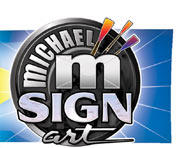  |
|
If you spot an error in fact, grammar, syntax, or spelling, or a broken link, or have additional information, commentary, or constructive criticism, please contact us.
Copyright © 2014 Milo. All rights reserved. Todos Derechos Reservados. The copyrights on all source code and the data base belong to Milo and are used on this web site by permission.
The source code is at OSdata.com, released under Apache License 2.0.
Copyright 2012, 2013, 2014 Milo
Licensed under the Apache License, Version 2.0 (the “License”); you may not use this file except in compliance with the License. You may obtain a copy of the License at:
http://www.apache.org/licenses/LICENSE-2.0
Unless required by applicable law or agreed to in writing, software distributed under the License is distributed on an “AS IS” BASIS, WITHOUT WARRANTIES OR CONDITIONS OF ANY KIND, either express or implied. See the License for the specific language governing permissions and limitations under the License.
Enjoy the This Side of Sanity website Twitter feed.
Enjoy the This Side of Sanity Twitter feed.

|
player artwork by michaelm